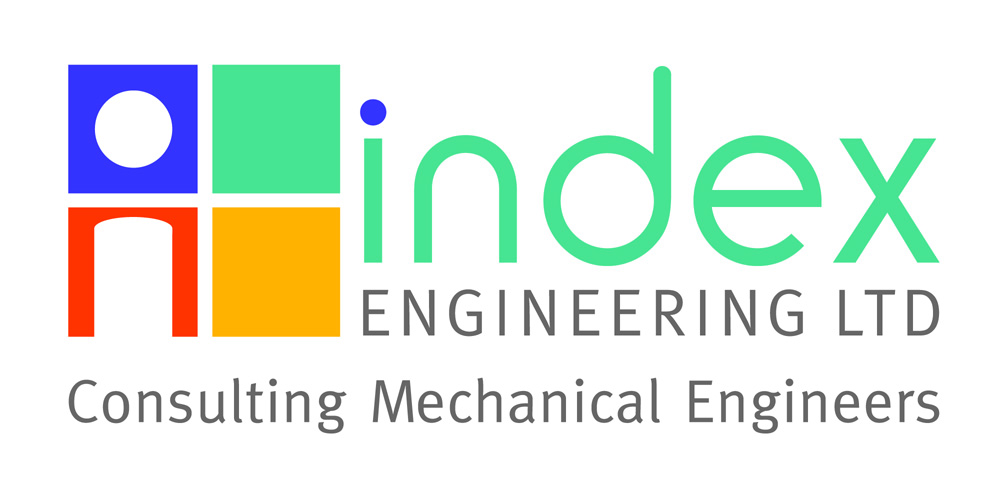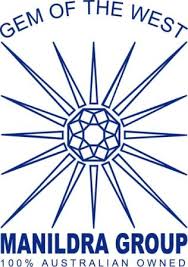DATA RECONCILIATION FOR MASS AND ENERGY BALANCE APPLICATIONS IN PULP AND PAPER
Matthew O’Connor
Process and Business Improvement Engineer, Norske Skog Boyer, Australia
Email: This email address is being protected from spambots. You need JavaScript enabled to view it.
Keywords: mass balance, data reconciliation
Mass and energy balances are widely used in the pulp and paper industry. From measuring fibre and paper making material like fibre and minerals to water and energy balances in dryers and boilers, the principle of conservation of mass and energy are integral to understanding systems. A common challenge with mass balances in practice is the uncertainty of measurements and the source of measurement error. This often leads to imbalances in mass balance, and uncertainty of what the true value is. If these measurement errors are not dealt with appropriately, this can have consequences on decisions made using bad data, including investment decisions, materials procurement and optimisation reccomendations.
This work reviews the types of measurement error, common sources of measurement error, and methods for dealing with them. This is introduced with an overview of the history and current practice of data reconciliation and state space estimation. Two case studies of a fibre mass balance at an integrated pulp and paper site, and the mass and energy balance on a paper machine dryer section are used to illustrate the differencess between simple and more complex reconciliations techniques. This is explored and comparing the differences in reconciled value estimates for the systems.
It was found that mapping out the full system and reconciling with simple linear techniques identified large gross errors in the fibre balance to achieve quick improvements to understand yields and losses system. A corrective maintenance programme could then be focused on the priority measurement instruments. In other cases system identification may need to be improved. Once these large errors were identified and corrected, non-linear methods were needed to narrow in on individual instruments due to smaller effects being identified. Non-linear techniques were required for the paper dryer multi-component mass and energy balance. It was highlighted that even measurements with large error were useful for estimating true values when additional mass balance component constraints were used. Data reconciliation is a necessary tool when looking to determing relatively small improvements in performance for optimisation, and should be considered when conducting production accounting and optimistation tasks.

Matthew O’Connor is a process and technical support engineer at the Norske Skog Boyer mill. He has a wide range of experience in pulp and paper, including mechanical pulping, deinking, paper making, wet end chemistry & deposit control, dryer optimisation, and winding. Matthew has a specialty focus of providing advanced analytics to the business, from ad-hoc analysis through to integration into routine decision making. His background is chemical engineering, and he has additional experience in life cycle analysis. Matthew has a passion for turning technical principles and data into information, insights, and knowledge to support better business decision making.



































